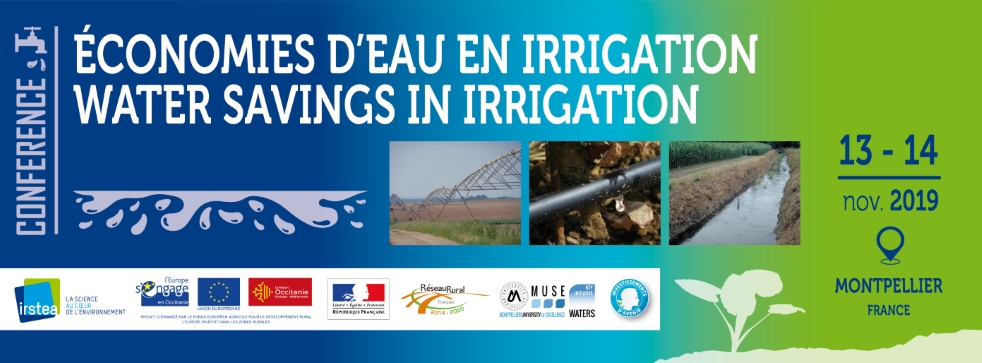In Germany, the irrigation sector accounts for only 1% of total water use including potatoes, sugar beets, and cereals mainly in the federal state of Lower Saxony and in the North and East German regions. In recent years, however, irrigation sector has attracted more attention due relatively higher irrigation water demand of five years in the last ten years (2008-2018).
Comparing drip irrigation, semi-mobile sprinkler irrigation, sprinkler lines, and mobile sprinkler irrigation, the highest water use efficiency (>90%) was found for micro-irrigation techniques with reduction of unproductive evaporation and interception loss. The sprinkler line showed 60 – 70 % of water use efficiency. For semi-mobile sprinkler irrigation a water use efficiency of 70 – 80% was reported. The lowest water use efficiency was reported to be 60% for the mobile sprinkler irrigation technique.
Drip irrigation, subsurface drip irrigation (SDI), precision irrigation, irrigation scheduling software are considered innovating technological solutions to save water in irrigation.
In Germany, six irrigation scheduling systems currently used are (1) Agrowetter Irrigation Advice; (2) Bewässerungs-App; (3) Zephyr; (4) Geisenheim irrigation scheduling; and (5) FVF (Fachverband Feldberegnung e.V.). An assessment of irrigation scheduling systems based on direct interviews with end-users and a comparative analysis showed a positive feedback from the end-users, but the recommendations were rarely implemented. Of 13.700 farmers using irrigation only less than 10% used irrigation scheduling tools in Germany. Overall, it was found that irrigation support systems are valuable tools for supporting adaptation strategies to save water in irrigation. The adoption of irrigation scheduling tools can be incetivised and increased by i) publications in journals and ii) lectures at field demonstration days addressing growers and consultants.
The efficiency of an irrigation technique can be increased by reducing non-productive water losses, such as soil evaporation losses. Drip irrigation in potatoes allows the achievement of higher yields, but it is a rather expensive technique due to the high work time and high capital requirement. It can be only recommended under drought conditions. If a combined fertilization and irrigation (fertigation) is done under wet conditions, it could be necessary to irrigate even without need for water just to fulfil the fertigation requirement of the crops.
Integrating in-field real-time soil moisture sensing with irrigation scheduling software precision-irrigation systems irrigate only specific parts of a field, thus matching the amount of irrigation water supply to the water demand of the plants. In the case of deficit irrigation, water administration is reduced during critical growth periods, so that only a part of the root-penetrated soil zone is supplied with water. This takes advantage of physiological stress responses of the plants and can thus improve the relative yield and water productivity.
- Poster

 PDF version
PDF version
